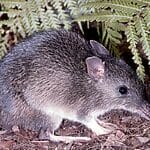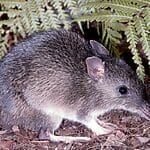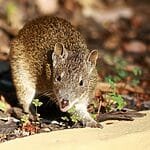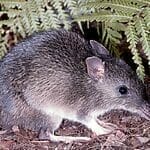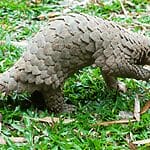When it comes to cute looking marsupials, bandicoots are right there at the top. These little creatures are highly unusual in terms of appearance, resembling a combination of a possum and rabbit.
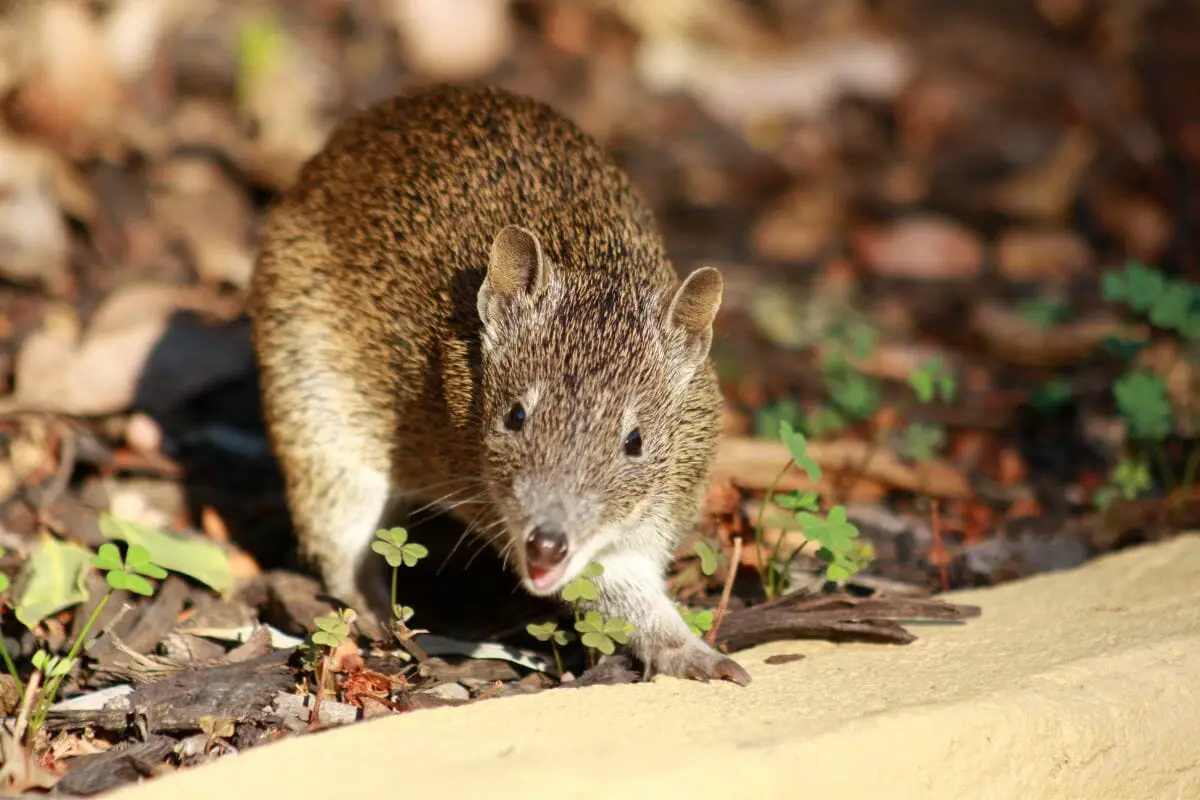
It hunts for its food by poking the ground with its nose, arduously seeking its next meal.
These creatures became a part of the public consciousness in the mid 90s, when the game Crash Bandicoot was released, depicting a genetically enhanced version of the species.
Sadly, in recent years, the bandicoot is in danger of becoming extinct. This is why it’s important for us as human beings to help ensure their survival.
Below, we take a closer look at how to care for bandicoots, including how to deal with their ticks. To find out more, simply keep reading below.
What Are Bandicoots?
Before we jump straight in and take a look at some of the specifics, let’s give a general overview of the species.
The bandicoot, as we mentioned briefly above, is a marsupial native to Australia. When it was first discovered by people, they mistook it for a large rat.
Some people still aren’t aware that this creature belongs to the marsupial rather than the rodent family.
It’s not hard to see why people consider them to be rat-like with long hairless tails, long snouts, black eyes, stocky bodies, and large ears, they are not completely disparate.
There are a few different species of bandicoot, which means that they can vary when it comes to matters of size.
Typically they will range anywhere from 13 to 32 inches in length, which makes them a small to medium sized creature. They are typically the size of a large rabbit.
It avoids predators by only emerging during the nighttime, and is subsequently considered to be a nocturnal animal.
The bandicoot loves to eat, and spends the majority of its routine hunting for food in the ground, by poking its long snout to the surface.
When it does manage to sniff out some food, it will tear through the ground with its strong front paws, which have long nails attached to them.
Interestingly, the bandicoots’ back paws are joined together, much like a kangaroos. This means that they can easily kick their prey with their powerful back legs if they’re ever in danger.
Though typically, the bandicoot will just run away, as they tend to be quite fast runners.
Do Bandicoots Carry Ticks?
So, let’s jump into the titular question, do bandicoots carry ticks on their fur? The simple answer to this question is yes, bandicoots do indeed have ticks.
Research has actually shown that bandicoots who carry ticks around are far smaller than those who don’t have these parasites on their bodies.
Ticks can actually prove to be a threat to these creature’s health and wellbeing, which is concerning as they’re considered to be an endangered species.
If you want to help prevent the spread of ticks to small marsupials such as bandicoots, there are a few things you can do.
One of the best things you can do is to regularly weed your garden, as this will help to prevent the spread.
In addition, you can also create a solution that can help to kill ticks in your garden.
This involves a simple mixture of cayenne pepper, garlic, and vinegar. Allow this mixture to brew for a few days, then simply spray it over your garden lawn. This will help to get rid of any unruly ticks lurking there.
How To Get Rid Of Bandicoot Ticks
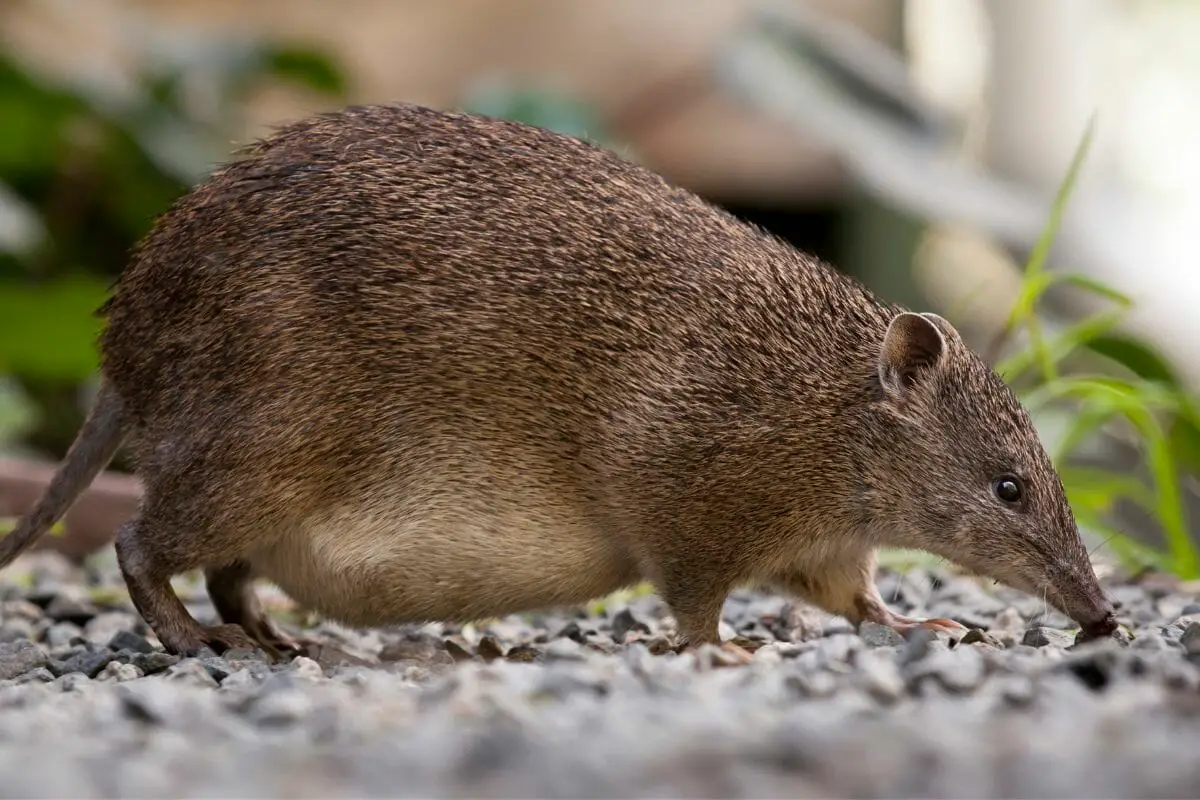
When it comes to actually removing ticks from a bandicoot, there are a few things you should always do.
One of the best ways to remove ticks from a bandicoot is to use a large patent tick remover. You should never attempt to remove the tick yourself. Squeezing the tick from the animal with your hands could actually make things worse.
This is because squeezing it can cause the tick to release more of its toxins into the animal’s body.
If the ticks don’t seem incredibly large, then you might be able to remove them from the bandicoot with a less invasive method. An easy solution for removing ticks is to simply spray them with some Frontline spray.
If you want to target the tick more directly, instead of spraying it, you can dab a small amount onto the problem area.
How To Feed Bandicoots
When it comes to feeding bandicoots, it’s not actually that difficult. They eat a whole host of different varieties of foods, including worms, insects, and even fruit.
That’s right, there’s nothing that the bandicoot enjoys more than gnawing down on a slice of apple.
They also enjoy bananas and sweet potatoes in particular, as well as dog kibble.
Because they are used to living in incredibly hot conditions, they don’t really require much water, because they’re so adept at surviving without it.
They will consume a little from time to time however.
How To Properly Rescue A Bandicoot
You might find a bandicoot that has encountered serious injuries from run-ins with various predators. In this case, it might be best to rescue the animal in question.
Bear in mind that this should be a last case scenario, as bandicoots can become stressed when being moved from their territory.
You should acquire a cage that is 20 x 20 x 56, then trap them with some food. After you’ve transported them (taking care to make note of where you found them), place a towel or blanket on them before handling.
As we previously mentioned at the beginning of the article, they have very strong back legs, so take care when holding them.
Make sure to never hold them by the legs or tail, as this can be incredibly harmful to the animal.
Instead, hold it by the neck and shoulder area. After you pick it up, make sure that you have a box at hand that will be a suitable environment for the bandicoot whilst it recovers.
You can simply use a cardboard box, with a blanket bunched up inside so that the bandicoot is able to hide if it’s feeling stressed.
Make sure that you’re not handling them regularly, and you provide them with as much of a stress free environment as possible. This means very little noise and in general, contact.
Final Thoughts
Bandicoots are amazing creatures that are sadly facing the threat of extinction.
Ticks can prove to be harmful to these animals, so it’s important to make sure that we keep our gardens tick free, by removing weeds, checking our pets, and even creating a natural solution if necessary.
- What Should I Do If A Koala Bites Me? Safety Guide - 2024-05-30
- Are Kangaroos Born Without Hind Legs? A Fascinating Journey - 2024-05-30
- Animals That Look Like Squirrels - 2024-05-30

